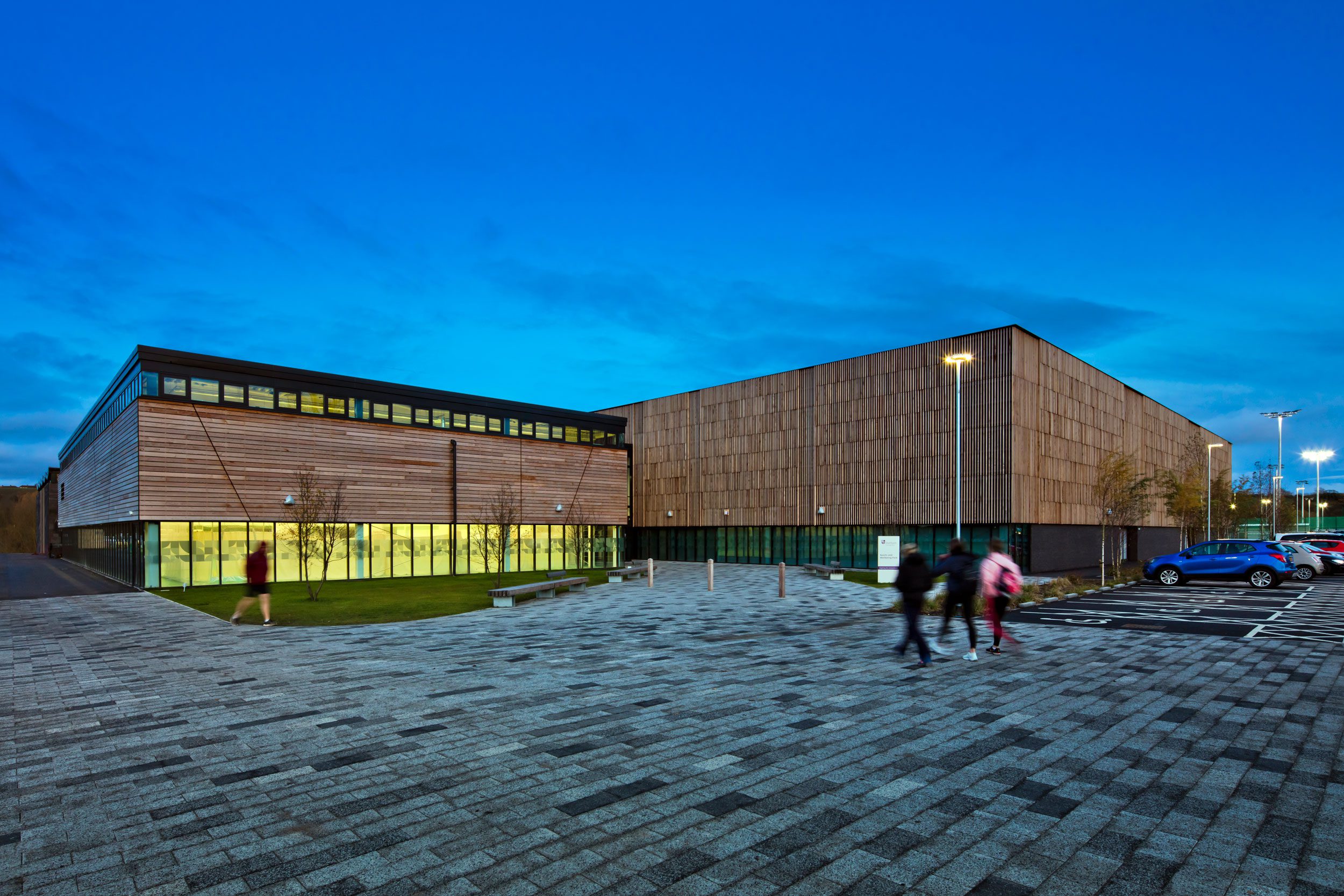A unified voice is important when it comes to promoting your institution.

The types and style of the content that you create is a key ingredient in building great brands, regardless of the medium you use and the places you post it. And branding doesn’t just mean adding your logo to your content, it’s very important to put your brand culture into it as well.
Whether it’s articles, videos or social media posts, your content should all be coordinated and speak from a unified voice that promotes your institution cohesively. But what is the best way to use these content types to promote your branding?
Universities, particularly those with research departments, are ideally suited to producing some truly unique and valuable written content with a wide reach. The ability to create articles based on new research or recent studies is something that most commercial organisations would love to have the opportunity to do.
A great example of this practice in commerce is in Search Engine Optimisation (SEO), where in-depth studies are often made public to highlight the skill and knowledge of the teams behind the companies. Thought leadership articles are a great way to brand the ethos of an institution, particularly where students or academics are looking to find a ‘like-minded’ university.
When you think of branded video, it’s easy to think of someone sitting in front of a logo branded backdrop or wearing a branded uniform. But branding videos can be something as simple as how Red Bull has created a hugely popular brand for something that’s not even its product. Extreme sports are now synonymous with Red Bull, which is a beverage company.
Universities and other educational institutions can do exactly the same by creating content around related themes, but not necessarily particular courses. Perhaps those videos could be focused entirely on the students, or on the community around the local area.
It may be the place for short and punchy posts, but they should still follow the style and voice of the rest of your content. It’s unlikely that educational establishments are going to find comfort in the sort of comic feeds that the likes of the US food chain Wendy’s produces.
Social posts should be informative and helpful, still promoting that coordinated brand voice. Twitter, for example, is a great place to post or find relevant educational news, whilst LinkedIn is much more likely to connect you with academics themselves or even potential sponsors. For this reason, you should consider your messaging on each platform rather than ‘social media’ as a whole.


